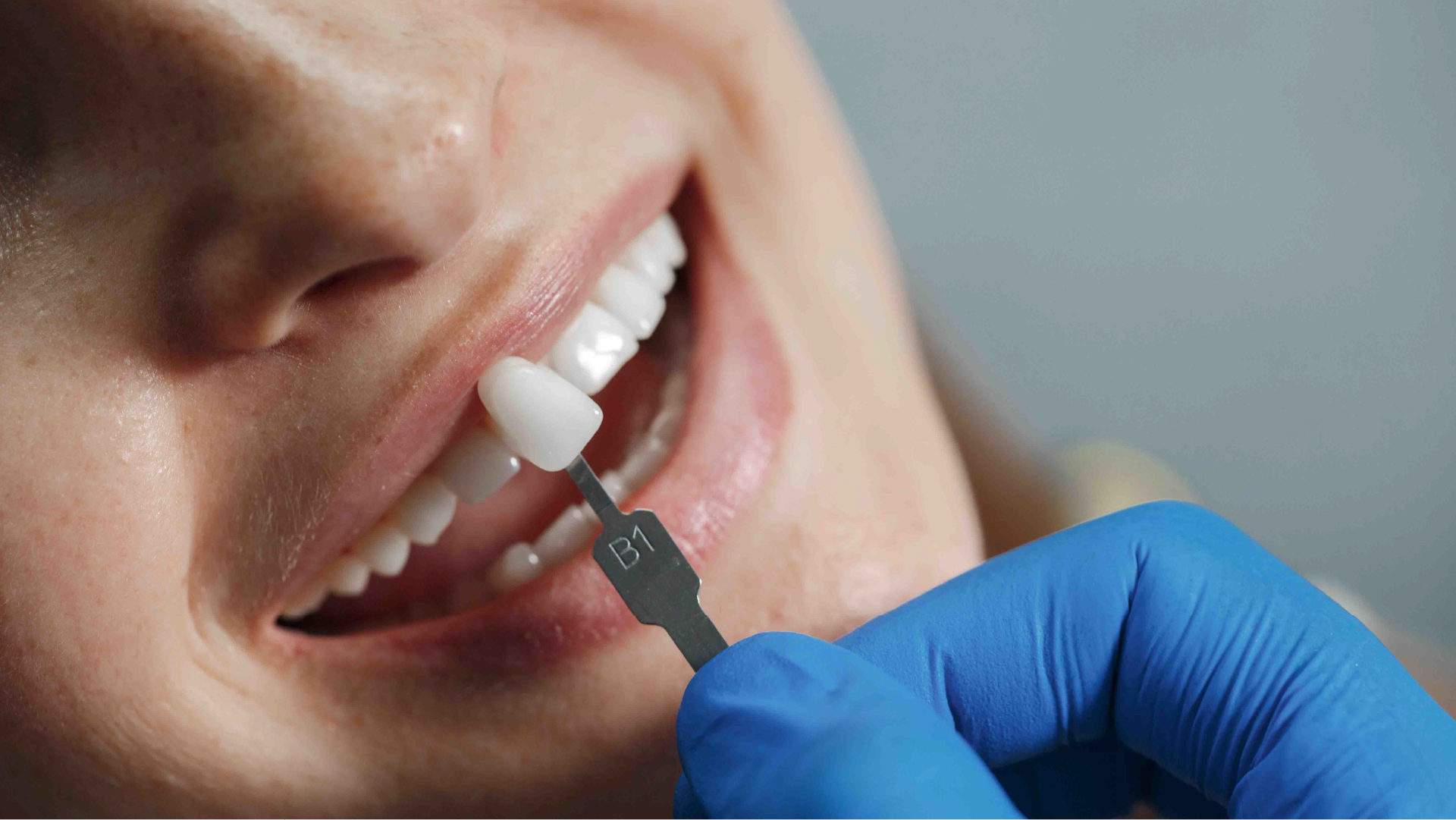The fixed prosthesis corresponds to fixed teeth either on natural teeth or dental implants. Examples of fixed prostheses are:
– Dental veneers;
– Dental crowns;
– Dental bridges;
– Onlays/Inlays;
– Complete dentures on implants.
This type of solution is done when there are missing teeth or when the teeth are very destroyed and need to be reinforced, improving function and durability.
It is also possible to carry out this type of treatment for aesthetic reasons, when we want to improve our smile.

Treatments








Frequently Asked Questions
There are mainly two differences. Crowns require more tooth preparation (wear) than veneers. Crowns normally cover the natural tooth about 100% and veneers only cover one or two sides.
Yes, there are metal, metal-ceramic and ceramic crowns (among other materials).
It is very difficult for one of the two fixed solutions to fall off, but it is possible. Nowadays, ceramic materials and cements have evolved in such a way that the adaptation with the tooth is almost perfect. However, if it happens, keep the piece and call your dentist.
There are two main reasons: a) Functional reasons, such as, when teeth are compromized due to have lost much of their rigidity to withstand masticatory loads and/or when a conventional restoration is not enough. b) Aesthetic reasons, when we want to change the shape and color of a tooth.
Yes. The base of the natural tooth that supports the veneer/crown can gain decay and compromise the longevity of the treatment.
It is not possible to give lifetime guarantees in the area of health, fixed rehabilitations are no exception. However, you can expect excellent success rates over many years with proper care and maintenance.

